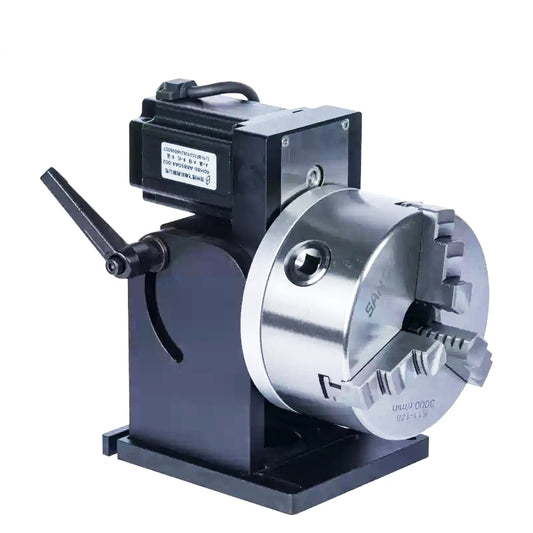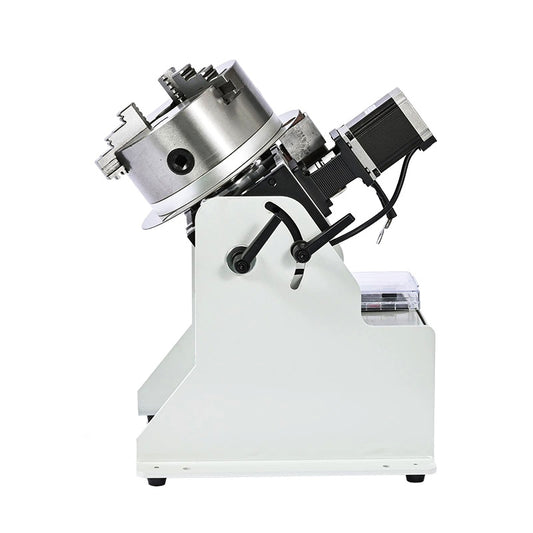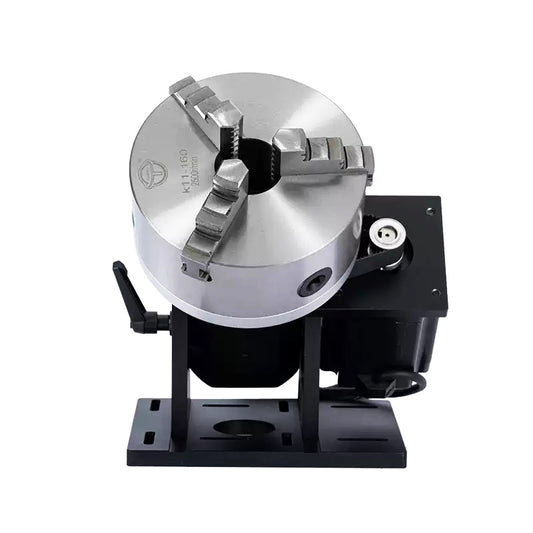The Basics of Welding Angles: How Positioners Ensure Accuracy
Share
Achieving high-quality welds is both an art and a science. Every welder knows that precision is key to ensuring strong, durable, and aesthetically pleasing welds. One of the most important factors that influence weld quality is the welding angle. Welding positioners play a pivotal role in ensuring that these angles are maintained accurately throughout the welding process. In this article, we will explore the basics of welding angles and how welding positioners help achieve the perfect weld every time.
What Are Welding Angles?
Welding angles refer to the orientation of the welding torch or electrode in relation to the workpiece. Proper angle settings are essential for achieving the best penetration, bead appearance, and strength of the weld. Some common welding angles include:
Travel Angle: The angle at which the torch or electrode moves relative to the joint.
Work Angle: The angle between the workpiece and the torch.
Torch Angle: The angle at which the torch is held while welding.
Incorrect angles can lead to a range of problems, including poor weld penetration, excessive spatter, and incomplete fusion between metals. A small welding positioner can help mitigate these issues by ensuring that the workpiece is held in the ideal position, allowing for consistent and accurate angle control.
How Welding Positioners Ensure Accuracy
A welding positioner is designed to hold and rotate workpieces, providing the welder with precise control over the angles during welding. By keeping the workpiece stationary or adjusting it at the right angle, a positioner eliminates the need for manual manipulation, which can introduce inconsistencies.
1. Optimal Workpiece Orientation
One of the primary benefits of using a welding positioner is that it ensures the workpiece is held at the correct orientation throughout the welding process. This is especially important for complex or multi-pass welds, where precise angles are critical to achieving high-quality welding results. By automatically positioning the workpiece, a welding positioner saves time and eliminates human error.
2. Rotation and Tilt Control
Many modern welding positioners offer rotation and tilt controls, allowing the welder to adjust the workpiece to the exact angle needed. Whether you’re welding on a pipe, a frame, or another irregularly shaped component, a positioner provides smooth and steady movement that guarantees accuracy, reducing the need for manual adjustments.
For example, a welding rotator can rotate a cylindrical workpiece, enabling the welder to maintain a consistent angle as the weld is applied around the surface. These positioners also make multi-axis welding tasks much easier by allowing the welder to position the workpiece at the optimal angle for each stage of the weld.
3. Consistency and Repetition
For batch production or repeatable projects, having consistent angles is vital. A small welding positioner is ideal for handling smaller, repeatable parts where precision is a must. These positioners help keep the workpiece in the same orientation across multiple welds, ensuring uniformity and high-quality results every time.
By maintaining consistent angles, welding positioners contribute to better bead appearance, improved penetration, and stronger joints, which are all crucial for high-quality welding outcomes.
4. Reducing Operator Fatigue
Another advantage of using a welding positioner is that it reduces the physical strain on the welder. Instead of manually adjusting the workpiece to achieve the right angle, the positioner does the heavy lifting. This ergonomic benefit allows the welder to focus on precision and technique, reducing fatigue and increasing productivity, especially during long shifts.
Types of Welding Positioners
There are various types of welding positioners to suit different applications and workpiece sizes. Some key types include:
Rotary Positioners: These positioners rotate workpieces to achieve the required angle, ideal for circular or cylindrical components.
Tilt-Table Positioners: These can tilt workpieces, making them useful for welding larger or irregularly shaped objects.
Custom Positioners: These are designed for specific applications and can include both rotation and tilt functions.
Each type plays a different role in ensuring the correct angles for specific welding tasks.
Why a Welding Positioner is Essential for Precision Welding
The importance of a welding positioner in precision welding cannot be overstated. Welding is a skill that demands accuracy, and using a positioner ensures that your angles remain exact throughout the process. With the right positioner, welders can achieve:
Better control over welding parameters
Enhanced bead appearance
Stronger, more reliable welds
Higher consistency, especially for batch production
These benefits are especially relevant in industries where structural integrity and appearance are of the utmost importance, such as in aerospace, automotive, and piping.






